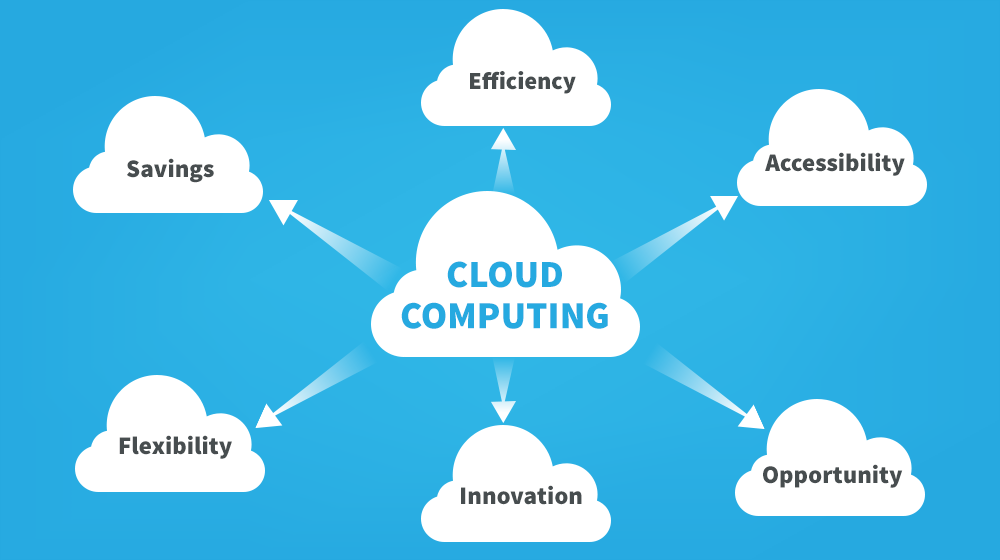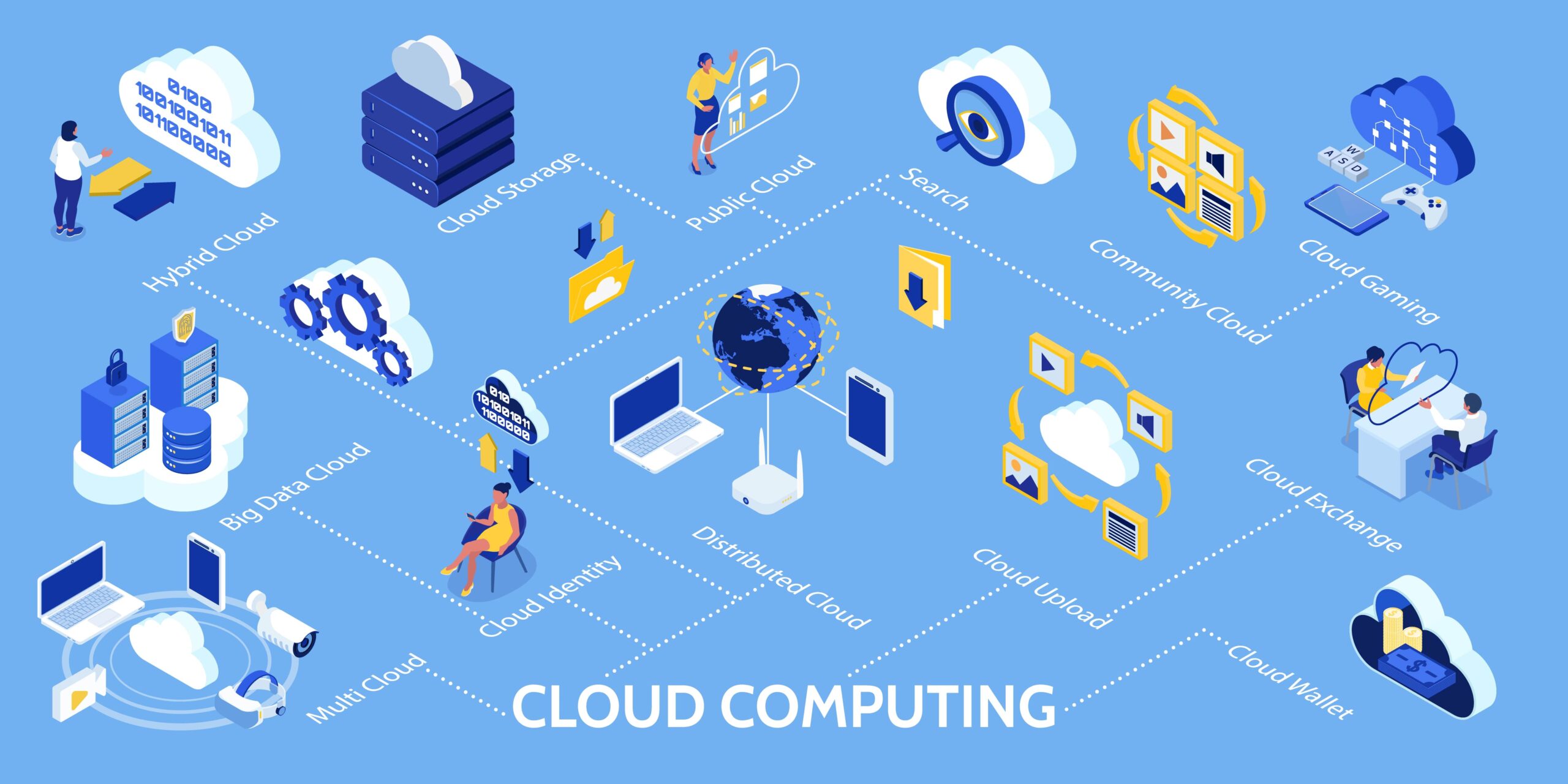In today’s digital age, the cloud has revolutionized how businesses manage their data infrastructure. One of the pivotal aspects of this transformation is the adoption of cloud-based database solutions. This article delves into the intricacies of navigating cloud-based database solutions, drawing from real-world experiences and insights to provide a comprehensive understanding of their benefits, challenges, and best practices.
Understanding Cloud-Based Database Solutions
Cloud-based database solutions offer organizations scalable and flexible options to store, manage, and access their data over the internet. Unlike traditional on-premises databases, cloud databases leverage the infrastructure and services provided by cloud service providers (CSPs) like Amazon Web Services (AWS), Microsoft Azure, and Google Cloud Platform (GCP). This shift eliminates the need for physical hardware maintenance, reduces operational costs, and enhances scalability and accessibility.
Benefits of Cloud-Based Database Solutions
1. Scalability and Elasticity
Cloud databases allow organizations to scale resources up or down based on demand, ensuring optimal performance and cost-efficiency. This elasticity is particularly advantageous for businesses experiencing fluctuating workloads or rapid growth.
2. Cost Efficiency
By leveraging the pay-as-you-go pricing model of cloud services, organizations can reduce upfront capital expenditures on hardware and infrastructure. Cloud databases also eliminate costs associated with maintenance, upgrades, and physical storage space.
3. Accessibility and Flexibility
Cloud databases enable secure and remote access to data from anywhere with an internet connection, facilitating collaboration among geographically dispersed teams. Additionally, they support various database models (relational, NoSQL, etc.) and offer managed services that automate routine administrative tasks.
4. Disaster Recovery and Business Continuity
CSPs typically offer robust disaster recovery mechanisms, including data replication across multiple regions and automated backups. These features ensure data integrity and minimize downtime in the event of hardware failures, natural disasters, or cyberattacks.
Challenges and Considerations
Despite their numerous benefits, adopting cloud-based database solutions presents several challenges and considerations:
1. Security and Compliance
Data security and regulatory compliance remain primary concerns when migrating sensitive information to the cloud. Organizations must implement robust encryption, access control policies, and compliance frameworks (e.g., GDPR, HIPAA) to mitigate risks and ensure data protection.
2. Performance and Latency
The performance of cloud databases can be influenced by network latency, especially for applications requiring real-time data processing. Optimizing database design, selecting appropriate service tiers, and utilizing content delivery networks (CDNs) can mitigate latency issues.
3. Vendor Lock-in and Integration Complexity
Choosing a cloud provider involves considering vendor lock-in risks and the complexity of integrating with existing IT infrastructure and third-party applications. Adopting standardized APIs and adopting a multi-cloud or hybrid cloud strategy can mitigate these challenges.
4. Data Migration and Management
Migrating existing databases to the cloud requires careful planning, including data cleansing, schema conversion, and testing to ensure compatibility and data integrity. Effective data management practices, such as versioning and archiving, are essential to optimize performance and minimize costs.
Best Practices for Implementing Cloud-Based Database Solutions
Successful implementation of cloud-based database solutions involves following best practices:
1. Assess Requirements and Workload Patterns
Conduct a thorough assessment of your organization’s data requirements, workload patterns, and performance expectations to determine the most suitable cloud database service (e.g., relational databases like Amazon RDS, NoSQL databases like MongoDB).
2. Design for Scalability and Resilience
Design databases for horizontal scalability and resilience by leveraging auto-scaling capabilities, multi-region deployments, and replication strategies to ensure high availability and fault tolerance.
3. Implement Security and Compliance Measures
Adopt industry best practices for data encryption, access control, and compliance with regulatory requirements to protect sensitive information and mitigate security risks.
4. Optimize Performance and Cost Efficiency
Monitor database performance metrics, tune queries, and utilize caching mechanisms to optimize performance and reduce operational costs. Leverage cost management tools and reserved instances to optimize cloud spending.
5. Establish Disaster Recovery and Backup Strategies
Develop comprehensive disaster recovery plans, including regular backups, data replication, and failover mechanisms, to ensure business continuity and data resilience in the event of disruptions.
Real-World Experiences and Case Studies
Case Study 1: Company A’s Migration to AWS Aurora
Company A, a rapidly growing e-commerce platform, migrated its relational databases to AWS Aurora for improved scalability and performance. By leveraging Aurora’s auto-scaling capabilities and read replicas, Company A achieved significant cost savings and enhanced customer experience.
Case Study 2: Company B’s Adoption of MongoDB Atlas
Company B, a mobile app developer, adopted MongoDB Atlas to manage its unstructured data and support agile development practices. MongoDB Atlas’s managed services and global clusters enabled Company B to scale seamlessly across regions while ensuring data availability and compliance.
Conclusion
Navigating cloud-based database solutions requires a strategic approach that balances scalability, security, performance, and cost efficiency. By understanding the benefits, challenges, and best practices associated with cloud databases, organizations can harness the full potential of cloud technology to drive innovation, enhance operational efficiency, and achieve competitive advantage in today’s digital landscape.
Embracing cloud-based database solutions is not just a technological evolution but a strategic imperative for businesses aiming to thrive in an increasingly data-driven world. As organizations continue to explore and leverage cloud technologies, their experiences and insights will shape the future of cloud-based database solutions, paving the way for enhanced flexibility, agility, and resilience in data management.



